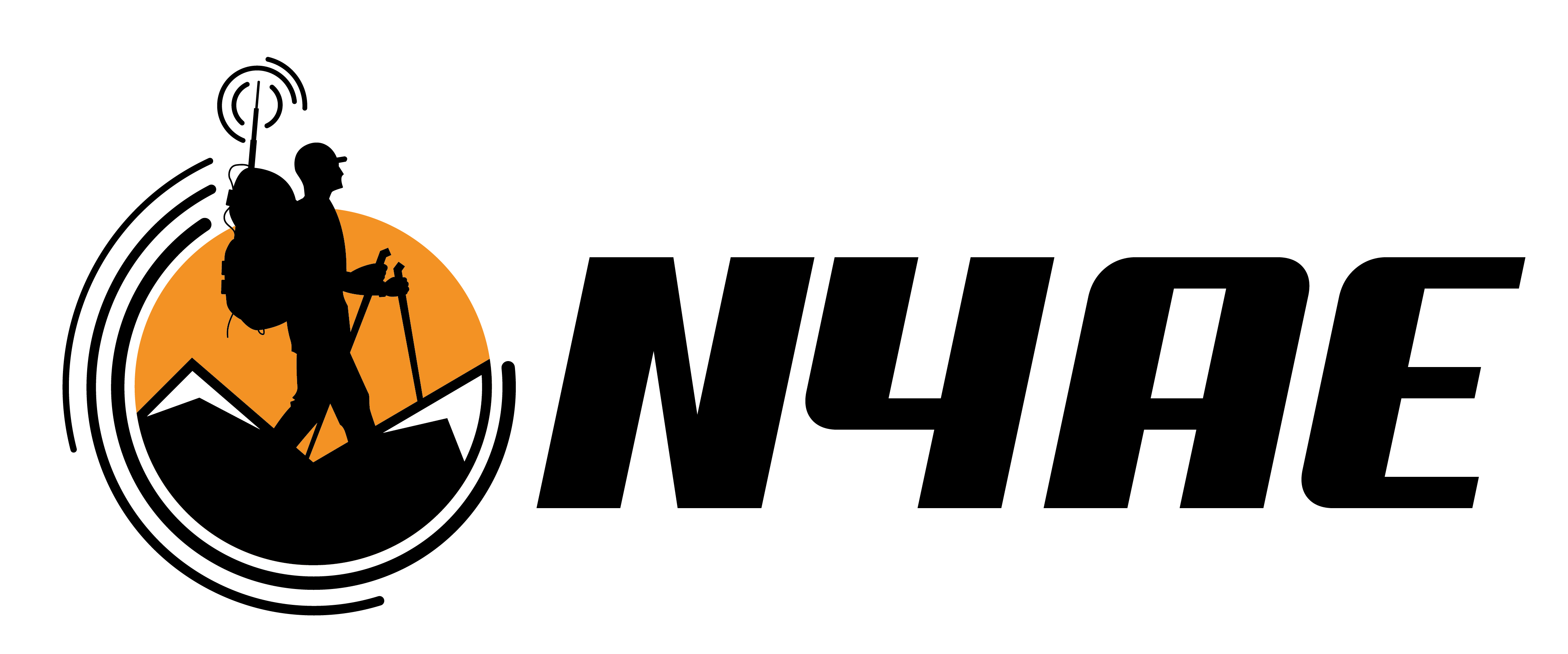Field Results for an AS-2259/GS Antenna
This article is the sixth in a series on Portable NVIS Communication. This series focuses on short-haul communication during a disaster.
In this part, I will discuss how the antenna performed when tested on the air.
Performance on the Air
Let’s start with the good news first. The antenna worked like a champ.
From suburban Chicago, our first contact was Toronto.
With 5 Watts.
On Phone.
The next contact with an NPOTA station in Ohio.
Both stations returned a true 5-9 signal report. Not a Contest 5-9, but a real one.
The radio was the Yaesu FT-817ND using the internal battery.

I am certain that we would have good coverage with this antenna using any 100 watt rig, despite the terrible band conditions.
Now, some critical assessments.
Lessons Learned from the Installation
The Army designed the AS-2259/GS so two soldiers can erect the antenna in 30 minutes. My version took five people about an hour.
One problem was inexperience with the design. It was the first time I had tried to use this antenna in the field, so there was a learning curve.
The other problem was the PVC mast. When assembled, the four 3-foot sections of PVC didn’t have the strength to stand on its own. It was too flimsy.
The easy solution would be one section that is 10-feet tall.
But that won’t fit in my Jeep. I need something else.
- Option A: 2 Sections, 7-Feet Each
- Option B: 3 Sections, 5-Feet Each
Either length will fit in the Jeep. If I don’t lower the seat, I have to use 5-foot sections.
Design Theory vs Analyzer Results
My design allows the operator to exchange wire elements to fit the situation. If needed, you can cut one antenna for 80-Meter Phone and the other for 40-Meter Digital. You could have 60 Meters and 40 Meter Voice. It’s your choice.
For Jamboree on the Air, we chose the phone section of 80- and 40-meters.
- The Center Frequency for 80 Meters is 3975 kHz
- The Center Frequency for 40 Meters is 7275 kHz
When I tested the antenna on an analyzer, I didn’t get the results I expected.
- The 80 Meter antenna was resonate at 3905 kHz, 1.8% lower than it should be.
- The 40 Meter antenna was resonate at 7304 kHz, outside the Amateur allocation.
The antennas did have enough bandwidth to let me use them. The 40 Meter antenna was fine all the way down to 7200 kHz. I had no problem using Morse Code at 7055 kHz, but SWR was 1.6:1.
Flaw in Antenna Assembly Design
It wasn’t until I remember that the Top Mast Assembly has two 18-inch lengths of 14 AWG wire inside. My antennas were the wrong length.
And it is a design flaw.

At least the 80 Meter antenna is resonate on the same frequency as the Illinois ARES net. No need to change that one.
The 80 Meter antenna also tuned at 21.392, near the center of the General Class phone section of 15 meters. But with SWR of 1.7:1 at that frequency, I should use it only at low power and in a pinch.
I need to address the 40 Meter antenna. If the antenna is resonate at 7304 kHz, I cut the antenna about a foot too short. At least that’s my guess. I’ll unwind the antenna and measure it to be certain.
Solve the Problems Now
As with anything homemade, there are issues. There is no question that my version of the AS-2259/GS works. I need to experiment with different antenna lengths to find resonance. I also need to address the structural integrity of the mast.
If this antenna will be part of my disaster communication kit, I want to iron out problems now rather than in the field later.



















